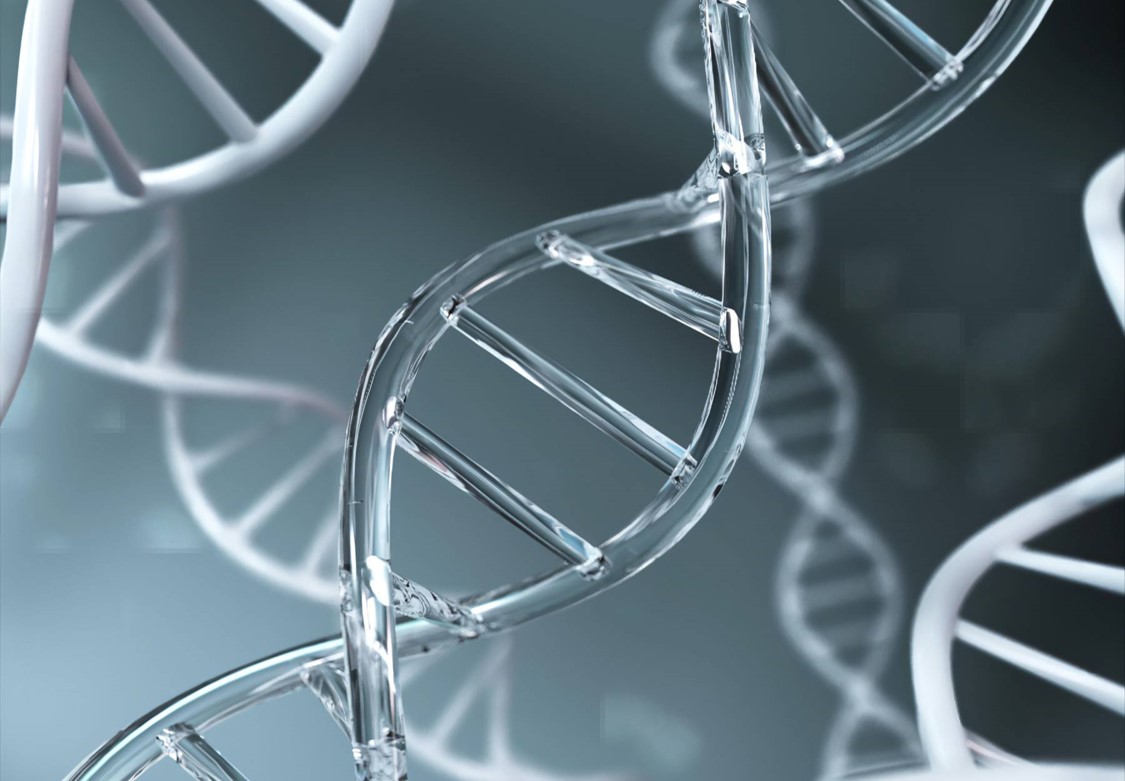Tumour development and growth can depend on many factors including change of self-genome and environment they live. To evade the organism’s checks, all cancer cells must acquire a number of genomic alterations. These alterations have genome mutation and epigenetic modification which do not change DNA sequence. DNA methylation could be a potent mechanism inside organism to maintain epigenetic profiles. Histone modification is also the other important mechanism. Several factors can modulate the epigenetic profile, both in physiological and transformed conditions. For example, it can be affected by environmental factors such as smoking, alcohol consumption, pollutants and so as metabolites.
The sphingolipid member S1P is a bioactive lipid involved in various cellular processes, generated by phosphorylation of sphingosine by sphingosine kinases (SPHK) 1 and 2. S1P can bind and activate a family of five sphingosine-1-phosphate receptors (S1PR1e5), which can initiate a diverse range of cellular responses, including cell growth, survival, differentiation, migration, vascular integrity, lymphocyte trafficking, immune responses. The distribution of S1PRs is tissue-specific: for example, S1PR1、3 are expressed in various tissues including liver; otherwise, the expression of S1PR4 and S1PR5 is restricted to specific organs but absent in the liver. In particular, S1PR4 is expressed in the lung, thymus, and spleen, while S1PR5 is expressed in the brain, skin, and spleen.
The study of 95 patients with end-stage liver disease performed the median MELD (Model for end-stage liver disease) score and quantification of plasma sphingolipids. The results showed that S1P and SA1P displayed significant correlations with the MELD score. Patients with circulating S1P levels below the lowest tertile (110.68 ng/ml) showed the poorest one-year survival rate of only 57.1%, whereas one-year survival rate in patients with S1P plasma levels above 165.67 ng/ml was 93.8%. In a multivariate cox regression analysis including platelet counts, concentrations of hemoglobin and MELD score, S1P remained a significant predictor for three-month and one-year mortality. This study concludes that low levels of S1P in plasma are highly significantly correlated with poor prognosis in advanced liver disease, irrespective of the stage of liver disease. It suggests that there should be a focus on enhancing the future potential of S1P in the pathophysiology research of liver disease and its therapeutic applications.
Research has demonstrated that in hepatocellular carcinoma (HCC) cells, the upstream promoter activity of sphingosine-1-phosphate receptor 1 (S1PR1) can promote the growth and migration of HCC cells both in vitro and in vivo through the highly expressed SMYD3, a histone lysine methyltransferase. Expression of S1PR1 in HCC samples is positively correlated with SMYD3 expression, and it is directly regulated by SMYD3 and involved in key signaling pathways associated with S1PR1. Experimental evidence indirectly suggests that SMYD3 regulates S1PR1 through methylation sites in the S1PR1 promoter region. Mouse experiments have shown that both SMYD3 and S1PR1 promote tumor growth and proliferation. Analysis of tumor tissues from HCC patients revealed higher expression levels of SMYD3 and higher degrees of vascular invasion compared to control groups. Patients in these high SMYD3 expression groups had relatively poorer prognoses.
Although viral hepatitis and subsequent cirrhosis have historically been major causes of hepatocellular carcinoma (HCC), there is now evidence indicating that non-alcoholic steatohepatitis (NASH) is emerging as another precursor lesion for HCC. A study utilizing Infinium profiling analyzed the whole-genome DNA methylation of 88 liver tissue samples, identifying multiple genes with methylation abnormalities. Further experiments confirmed that the differences in DNA methylation and mRNA expression levels of SPHK1, INHBA, LTB, and PDE3B genes were associated with poorer tumor differentiation. Experimental results from HCC cells treated with 5-Aza-2'-deoxycytidine revealed epigenetic regulation of SPHK1 and LTB genes. Cell gene silencing experiments demonstrated that SPHK1 promotes liver cancer cell proliferation, inhibits apoptosis, and enhances migration, while LTB enhances HCC cell migration. DNA hypomethylation leading to increased expression of SPHK1 and LTB in poorly differentiated HCC suggests potential molecular pathogenic mechanisms for the aggressive phenotype of this type of cancer.
The report also indicates that the concentrations of certain metabolites, including ketones, diallyl disulfide, folic acid, and vitamin B12, can also regulate epigenetics. Multiple studies have pointed out that sphingolipids are novel regulatory factors for epigenetic changes. In the future, it will be beneficial to explore their clinical pathological DNA methylation regulatory mechanisms and their applications in clinical treatment.
Reference:
- PLOS ONE (2017) 12(3):1-11
- Cell Death and Disease (2021) 12:731-740
- Journal of Cancer Research and Clinical Oncology (2023) 149:5109-5125

